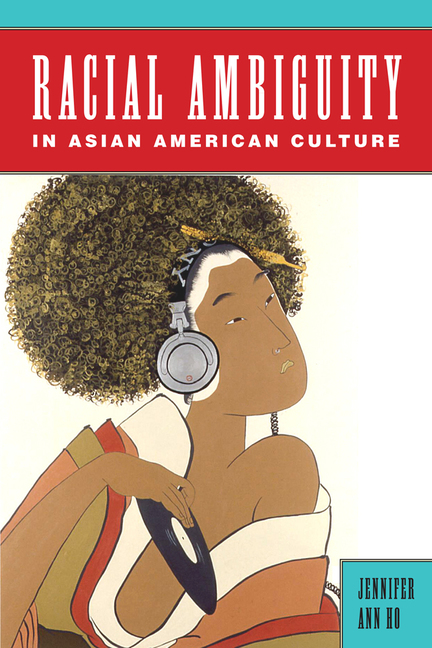The Juggler’s Children: A Journey into Family, Legend and the Genes that Bind UsPosted in Asian Diaspora, Books, Canada, Health/Medicine/Genetics, Media Archive, Monographs on 2015-12-22 04:22Z by Steven |
The Juggler’s Children: A Journey into Family, Legend and the Genes that Bind Us
Random House Canada
2013-03-26
400 pages
Hardcover ISBN: 9780679314592
eBook ISBN: 9780307372154
Carolyn Abraham
Carolyn Abraham explores the stunning power and ethical pitfalls of using genetic tests to answer questions of genealogy—by cracking the genome of her own family.
Recently, tens of thousands of people have been drawn to mail-order DNA tests to learn about their family roots. Abraham investigates whether this burgeoning new science can help solve 2 mysteries that have haunted her multi-racial family for more than a century. Both hinge on her enigmatic great-grandfathers—a hero who died young and a scoundrel who disappeared. Can the DNA they left behind reveal their stories from beyond the grave?
Armed with DNA kits, Abraham criss-crosses the globe, taking cells from relatives and strangers, a genetic journey that turns up far more than she bargained for—ugly truths and moral quandaries. With lively writing and a compelling personal narrative, The Juggler’s Children tackles profound questions around the genetics of identity, race and humanity, and tells a big story about our small world, with vivid proof that genes bind us all to the branches of one family tree.








